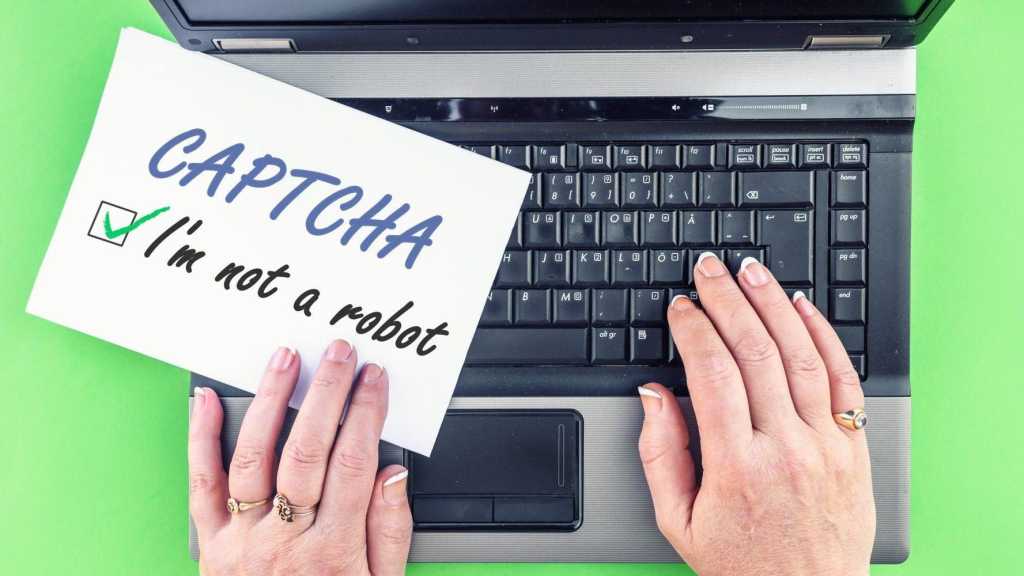

Google wanted CAPTCHAs to test whether users were human or bots to protect websites from spam and fraud — but with a twist. Google intended to substitute the original, deliberately distorted letters (readable by people but not bots) with accidentally distorted ones — ambiguous scans from the Google Books Library Project. For example, if most users identified a blurry letter as an “E,” that would be confirmed or corrected in the digital book scan.
The vision for this project was to get the world’s web users to work for free, identifying letters while also thwarting malicious bots. Google later used reCAPTCHA for human identification of ambiguous Street View and Maps photographed objects, including home addresses, street signs, and business names and addresses. More recently, Google has used reCAPTCHA to support its broader AI initiatives across maps, computer vision, speech recognition, and security.
There are many kinds of CAPTCHAs — text-based, image-based, audio, math problems, word problems, time-based, honeypot, picture identification, and invisible. The most common ones are the click-the-checkbox CAPTCHAs and the click-the-pictures-that-contain-a-bus CAPTCHAs. Both are Google’s reCAPTCHA v2.

